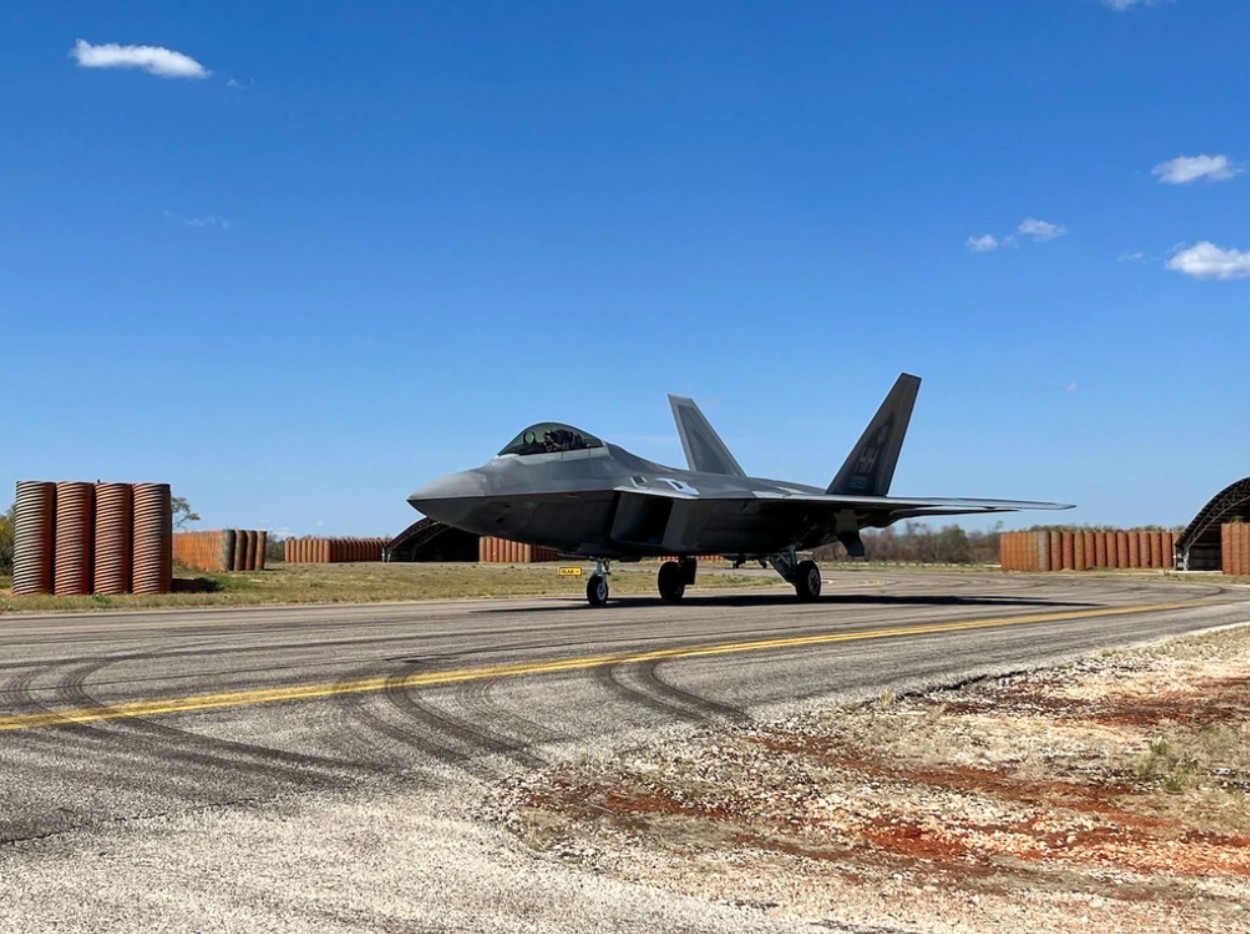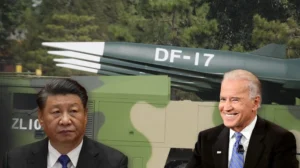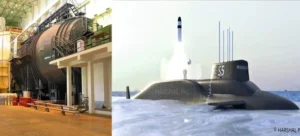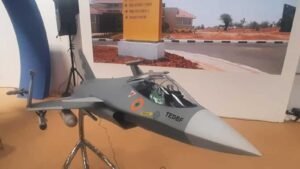With conflicts erupting around the world, the US Air Force is facing another challenge of training its aviators, both due to maintenance issues plaguing its only intermediate training jet, the T-38 Talon, and a lack of high-tech simulators.
Stuck between sophisticated simulators and fighter jets — the tough choices — the USAF is facing a shortage of high-tech flight simulators.
Senior US Air Force officials have set alarm bells ringing that the lack of high-tech flight simulators leaves the US Air Force woefully unprepared for future combat even as tensions between the US and China continue to grow, a research report indicates.
The biggest challenge is simulating the entire Air Force going to war. Also, pushing an aircraft like the F-35 to its limits during a training exercise can prove expensive, in case of losing a pilot and a US$80 million aircraft. But, one can push the envelope during a virtual practice, yielding essential data on the capabilities of the aircraft and the pilot.
The lack of high-tech simulators, coupled with its training aircraft T-38 Talon plagued with maintenance issues, has slowed down pilot training for the USAF and has led to a shortage of people behind the joystick. It is proving to be a massive challenge for the USAF’s readiness for future conflicts.
Senior USAF officials have talked about the capability gap in the training of their air warriors. They are calling for upgrades to prepare them for next-generation warfare, a new research report published by Rand Corp., a non-profit think tank that researches issues in the military. The report underscores the need for the Pentagon to fund new sophisticated flight simulators, sometimes called “sims.”
Several Air Force officials with major commands cited in the report, who spoke under the condition of anonymity for the research, say it’s a significant issue for pilots. One Air Force official said there is an “unmet need for sims,” adding that, in “an ideal world, we’d be getting more (readiness data) from sims than from aircraft. The outcomes that we want to predict are not available in live-fly,” the report detailed.
Sims are essential to simulate sophisticated scenarios and play out unlimited combat possibilities. Going up against the People’s Liberation Army (PLA), growing stronger at a hurried pace, the USAF is worried that it cannot correctly analyze how crews are performing solely based on traditional sorties and aging simulators.
“The relative scarcity of opportunities to train against such threats and the lack of tools to capture performance data mean that commanders must make subjective, incomplete assessments of the capability of their units in the most important operational scenarios,” the Rand report states.
Simulators for B-1 Lancer, B-2 Spirit, and B-52 Stratofortress bombers lack “fidelity” — a term used to indicate that they are not a true reflection of what the craft or environment is like, researchers said. Additionally, Air Force Special Operations Command’s simulators can’t keep up “because of the high rate at which the command’s aircraft are modified,” according to the report.
The USAF’s shortage of updated simulators is partly due to how easy it is to convince lawmakers about the need for aircraft and engines. But one senior leader told Rand that “it doesn’t matter if you have engines or not, because you will fail at the mission” if simulation training is on the back burner.
In 2020, Major General John Shaw, commander of the Combined Force Space Component at US Space Command and the Space Force’s Space Operations Command, said: “We don’t have simulators today to train our folks. We need to develop those, and we need better modeling and simulation capabilities to model a potential conflict and fight, change the variables, conduct war games, and do this at a scale and scope that we have not done…at this point.”
Colonel John Kurian, senior materiel leader of the simulators division at the Air Force Life Cycle Management Center, concurred: “The big challenge for us has been to have the ability to simulate the entire Air Force going to war, really getting at the gaming industry, the multiplayer options that we see out there and pushing us as an organization to partner with small businesses, non-traditional partners, utilizing pitch days, and pushing the boundaries on innovation, specifically in terms of cloud (computing) and common architectures and even artificial intelligence.”.
Warfighters and their systems need a “digital twin” in the simulation world to achieve that grand vision.
To that end, the Air Force has launched a simulator common architecture requirements and standards, or SCARS, program. In June, L3Harris landed an indefinite-delivery/indefinite-quantity contract worth up to US$900 million for the definition, design, delivery, deployment, and sustainment of a typical simulator architecture across the Air Force’s training portfolio.
The SCARS initiative will implement a modular open systems approach, as well as a set of common standards for Air Force simulators, according to a Defense Department announcement. The contract has a 10-year ordering period through June 2030.
Advances in technology are facilitating more detailed simulations of weapons and operating environments. That’s allowing the Air Force to transition more training from the real to the virtual world.
The T-38 Talon is the only intermediate platform for teaching airmen to fly fighter and bomber aircraft. The training jet fleet has been marred with engine maintenance delays that have slowed pilot training by at least six months.

The USAF will fall short of its fiscal 2023 pilot training goal by about 120 airmen, missing its annual target of around 1,500 new aviators for the eighth consecutive year, the service confirmed on September 8.
A slew of maintenance woes, staffing issues, and other unexpected setbacks led the Air Force to pin wings on only 1,350 airmen against its target of 1,470. The shortfall makes it more difficult for the service to fill a pilot shortage of around 2,000 people that has accrued over the years.
Most of the vacant seats fall within the fighter community. To avoid short-changing the operational squadrons that fly missions around the world each day, the Air Force instead leaves staff jobs empty that pilots would typically fill.
One of the many suggestions proposed in the Rand report is for the Air Force to invest in “more simulators and new synthetic threat environments.” It also recommended the service form a working group to guide future efforts to update virtual threat environments.
- Ritu Sharma has been a journalist for over a decade, writing on defense, foreign affairs, and nuclear technology.
- She can be reached at ritu.sharma (at) mail.com
- Follow EurAsian Times on Google News
Source link








